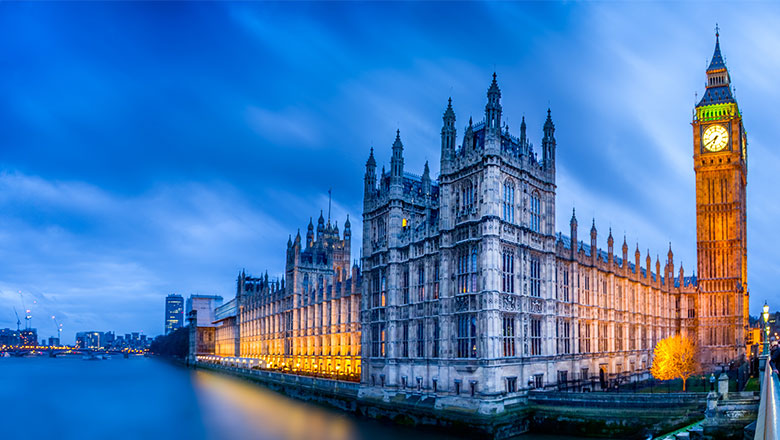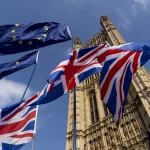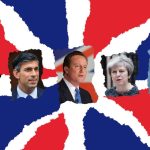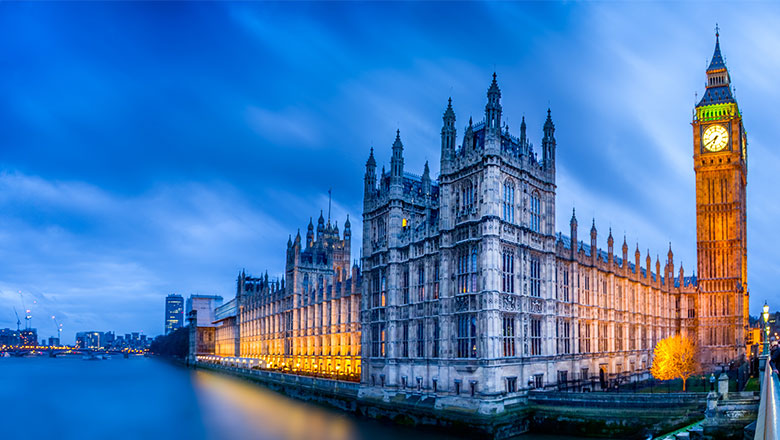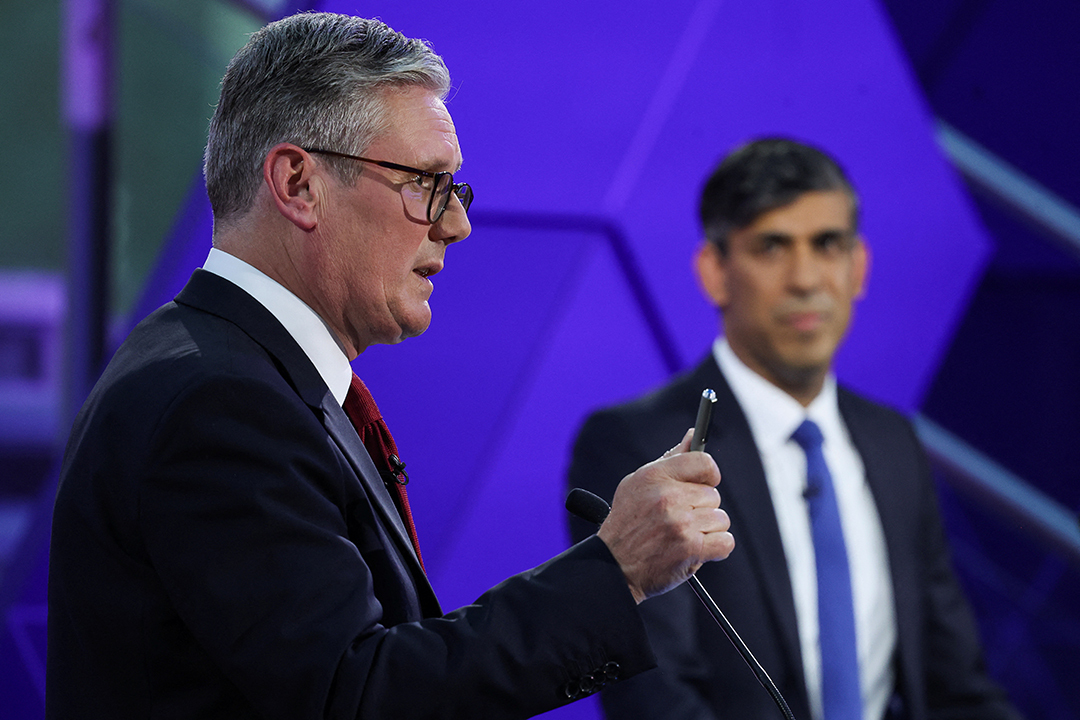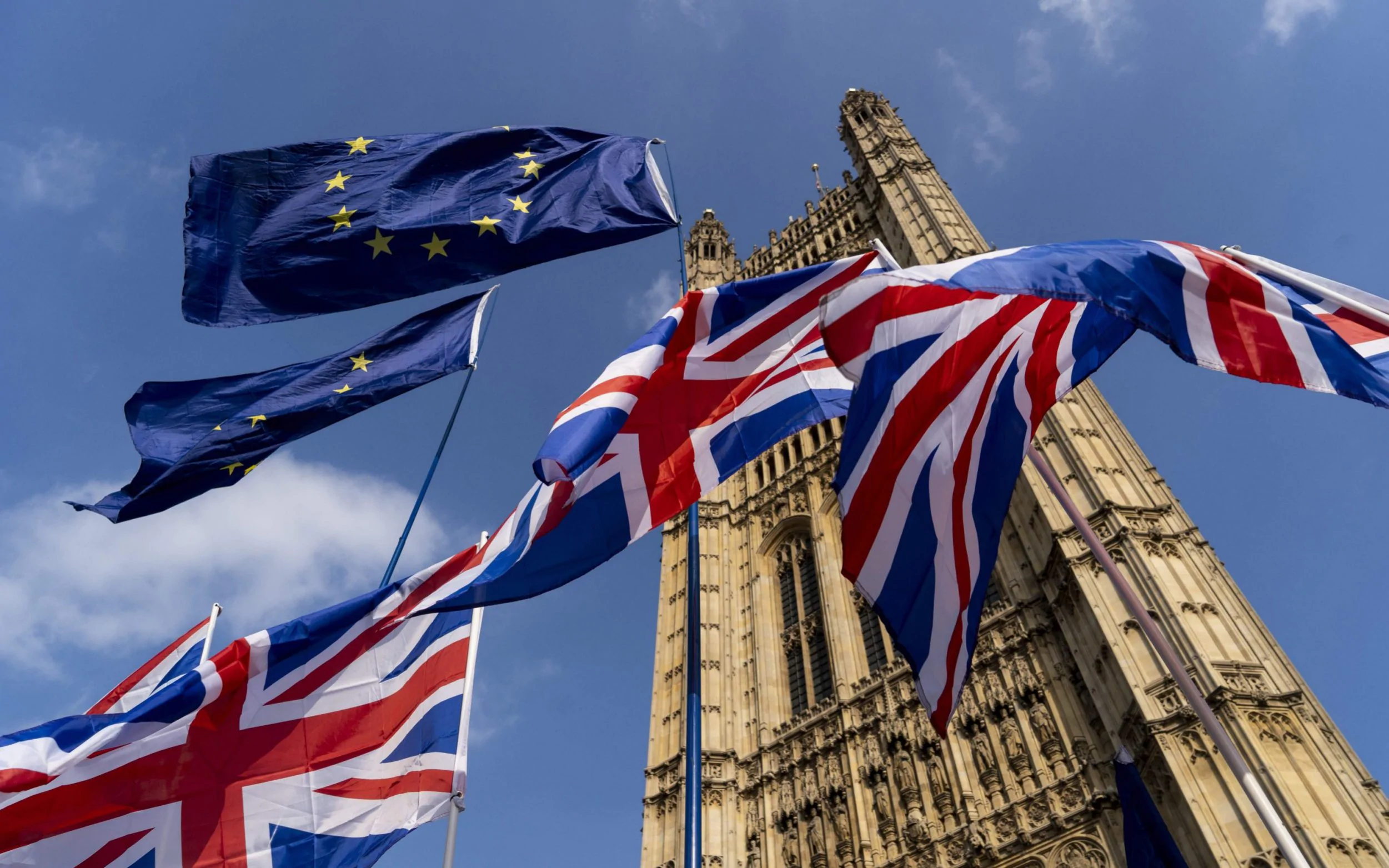How Polling Trends Shape the Future of UK Elections
Elections are a cornerstone of democratic societies, providing citizens with the opportunity to choose their representatives and influence government policies. In the United Kingdom, as in many other democracies, polling trends play a crucial role in shaping the landscape of electoral politics. These trends offer insights into voter preferences, guide campaign strategies, and help predict election outcomes. Understanding how polling trends influence UK elections is essential for both political actors and voters alike.
Understanding Polling Trends
Polling trends refer to the patterns and shifts in public opinion as measured through various polling methods over time. These trends are typically represented through approval ratings, party support levels, and voter intention surveys. By analyzing these patterns, analysts can identify the direction in which public sentiment is moving, whether towards a particular party, policy, or candidate.
Polls are conducted regularly leading up to an election, providing a continuous stream of data that reflects the evolving opinions of the electorate. This data is invaluable for understanding the current political climate and anticipating future developments. For instance, a steady increase in support for a particular party might indicate growing approval of its policies, while a decline could signal waning public confidence.
Methodologies Behind Polling
The accuracy and reliability of polling trends depend heavily on the methodologies employed. Pollsters use various techniques to ensure that their samples are representative of the broader population. Common methods include random sampling, stratified sampling, and online polling. Each method has its strengths and weaknesses, and the choice often depends on the specific goals of the poll and the resources available.
Random sampling, for example, ensures that every individual in the population has an equal chance of being selected, reducing bias. Stratified sampling, on the other hand, divides the population into subgroups (such as age, gender, or region) and samples from each group proportionally. This approach can provide more accurate results, especially in a diverse electorate like the UK’s.
In addition to the sampling method, the way questions are phrased can significantly impact the responses. Neutral, unbiased questions are essential for obtaining accurate data. Moreover, the timing of polls—whether conducted during a stable period or amid political turmoil—can also influence the results.
Influence on Political Campaigns
Polling trends are a vital tool for political campaigns, guiding strategies and decision-making processes. Campaigns closely monitor these trends to identify shifts in voter sentiment and adjust their messaging accordingly. For example, if polls indicate that a particular demographic is leaning towards an opponent, a campaign might allocate more resources to target that group through tailored messaging or outreach efforts.
Polls also help campaigns identify key battlegrounds—constituencies where the vote is expected to be closely contested. By focusing efforts on these areas, campaigns can maximize their impact and improve their chances of winning critical seats. Additionally, polling data can inform decisions about policy emphasis, ensuring that campaign platforms resonate with the issues most important to voters.
Voter Behavior and Perception
Polling trends not only influence campaigns but also shape voter behavior and perceptions. The concept of the “bandwagon effect” suggests that voters may be swayed to support the party perceived to be leading in the polls. Conversely, the “underdog effect” can motivate voters to support a trailing candidate in an effort to create a more competitive race.
Furthermore, polls can affect voter turnout. High levels of support for a particular party might discourage supporters of other parties from voting, believing their preferred option has little chance of success. Conversely, close polls can energize voters who feel that their participation could make a decisive difference.
Predictive Power of Polling Trends
One of the most significant roles of polling trends is their ability to predict election outcomes. By aggregating data from multiple polls, analysts can create models that forecast the likely results based on current trends. These predictions help parties and candidates adjust their strategies in real-time, optimizing their chances of success.
However, the predictive power of polls is not without limitations. Factors such as last-minute shifts in voter sentiment, undecided voters, and unexpected events can all impact the final outcome. Historical examples, such as the 2015 UK general election where polls underestimated the Conservative majority, highlight the potential for inaccuracies. Despite these challenges, polling trends remain a valuable tool for anticipating electoral outcomes, especially when combined with robust analysis and multiple data sources.
Impact on Media and Public Discourse
Media outlets extensively use polling data to shape public discourse around elections. Headlines often reflect the latest polling results, influencing public perception of the electoral landscape. This media focus can create a feedback loop where public interest is driven by polling trends, which in turn are amplified by media coverage.
Moreover, the portrayal of certain parties or candidates as frontrunners or underdogs can impact their public image. Positive polling trends can enhance a party’s credibility and momentum, while negative trends might lead to increased scrutiny and criticism. The media’s role in highlighting these trends underscores the interconnectedness of polling data and public perception.
Potential Biases and Challenges
Despite their importance, polling trends are not infallible and can be subject to various biases and challenges. Sampling errors, where the sample does not accurately represent the population, can lead to skewed results. Response biases, such as social desirability bias where respondents provide answers they believe are more socially acceptable, can also distort polling data.
Additionally, the rise of non-traditional voting methods, such as online voting and increased use of mobile devices, presents challenges for pollsters in reaching representative samples. The dynamic nature of voter preferences, influenced by ongoing political developments, economic changes, and social issues, further complicates the task of accurately capturing and predicting trends.
Future of Polling in UK Elections
As technology advances, so too does the methodology and application of polling trends. The integration of big data and artificial intelligence offers new opportunities for more accurate and nuanced analyses of voter behavior. Machine learning algorithms can process vast amounts of data to identify patterns and predict shifts in public opinion with greater precision.
Moreover, the use of real-time data analytics allows for more responsive and adaptive polling strategies. Social media platforms and digital engagement tools provide additional channels for collecting and analyzing voter sentiment, complementing traditional polling methods.
However, these advancements also require pollsters to navigate new ethical considerations related to data privacy and the potential for manipulation. Ensuring transparency and maintaining public trust will be crucial as polling techniques continue to evolve.
Conclusion
Polling trends are a fundamental component of the electoral process in the UK, shaping the strategies of political campaigns, influencing voter behavior, and providing a window into the future of elections. While they offer valuable insights and predictive capabilities, it is essential to recognize their limitations and the potential for biases. As polling methodologies continue to advance, integrating new technologies and data sources, their role in shaping UK elections is likely to become even more significant.
For voters, understanding polling trends can provide a deeper appreciation of the political landscape and the factors that influence election outcomes. For political actors, leveraging these trends effectively can enhance campaign strategies and improve the chances of electoral success. Ultimately, polling trends serve as a bridge between public opinion and the democratic process, guiding the future of UK elections with data-driven insights and informed predictions.
